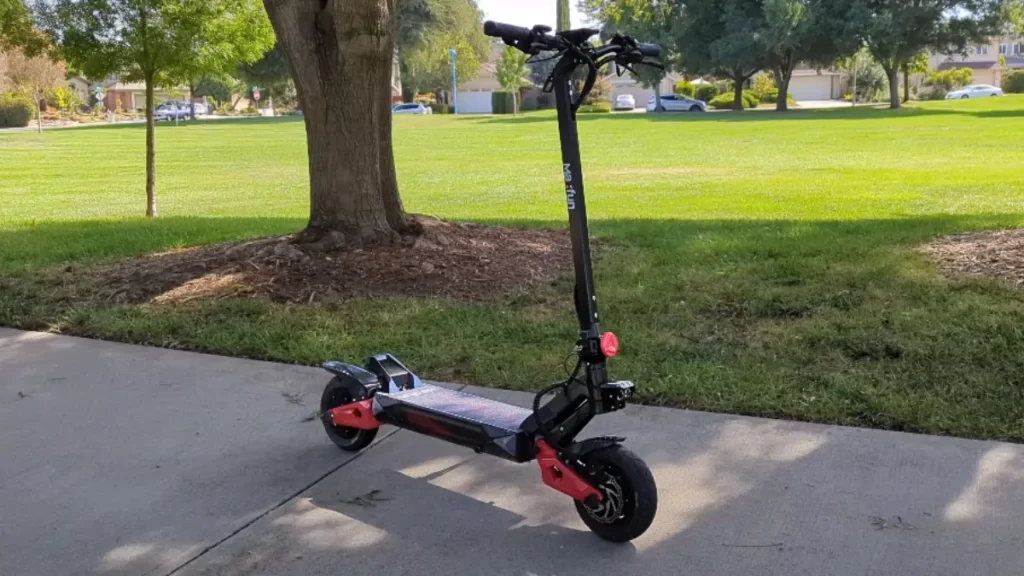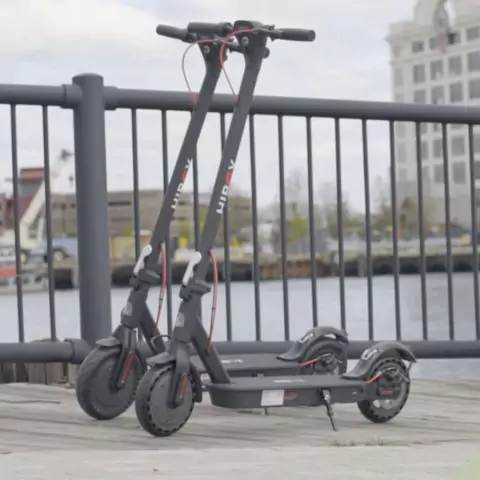ime bikes and Lime scooters are everywhere—on sidewalks, near malls, in front of apartments, and at every corner of busy cities. But how do they stay powered all day? Who charges them? And how does the whole system actually work?
This guide breaks down how Lime bike charging works, how the business model operates, and how people make money charging bikes and scooters.
Contents
- 1 How Lime Bike Charging Actually Works
- 2 How Lime Bike Batteries Are Charged (Step-by-Step)
- 3 Do Lime Bikes Charge While Riding?
- 4 How Lime Scooters Are Charged (Different System)
- 5 Lime Independent Chargers / Juicers: How It Works (If allowed in your city)
- 6 How Much Do Lime Chargers Make?
- 7 Why Lime Switched to Battery Swapping
- 8 Frequently Asked Questions About Lime Bike Charging
- 8.0.1 Do Lime bikes charge by themselves?
- 8.0.2 Can regular people charge Lime bikes at home?
- 8.0.3 How long does it take to charge a Lime battery?
- 8.0.4 Do Lime bikes shut off when battery hits zero?
- 8.0.5 Can Lime scooters still be taken home to charge?
- 8.0.6 Do Lime bikes charge while you pedal?
- 8.0.7 What happens when a Lime runs out of battery mid-ride?
- 9 Conclusion: How Lime Charging Really Works
What Is Lime?
Lime is a global micromobility company offering:
- Electric bikes (Lime e-bikes)
- Electric scooters (Lime e-scooters)
They operate using a dockless system, meaning the vehicles can be picked up and dropped off anywhere inside the service zone.
Because of this, Lime needs a constant supply of charged batteries to keep bikes and scooters running all day.
How Lime Bike Charging Actually Works
Lime uses a battery-swap system for bikes, meaning the entire bike doesn’t need to be brought home or plugged in. They use removable batteries.
Here’s the process:
1. Bikes are used until the battery gets low
A Lime bike’s battery can last 20–40 miles depending on terrain and usage.
When a battery gets low, Lime marks the bike as:
- “Low battery”
- “Needs charging”
- or temporarily “unavailable”
2. Lime Operations Team or Gig Workers Locate the Bike
There are two groups who handle charging:
A. Lime Operations Team (Full-Time Employees)
They:
- Drive company vans
- Collect low-battery bikes
- Swap batteries
- Redistribute bikes to high-demand areas
B. Independent Chargers (Used to be called Lime Juicers)
In some cities, Lime allows freelancers to:
- Pick up low-battery scooters (not bikes in all regions)
- Charge them at home
- Redeploy them
However, e-bikes usually use ONLY battery swaps done by employees—not freelancers—in many cities.
How Lime Bike Batteries Are Charged (Step-by-Step)
Step 1: Identify Low-Battery Bikes
Employees use the Lime Ops app to pinpoint bikes needing a battery change.
Step 2: Remove the Battery
Lime bikes have a removable battery located behind the seat post or integrated into the frame.
Step 3: Replace With a Fresh Battery
They carry fully charged batteries in the van and swap them instantly.
Step 4: Recharge the Dead Battery
Back at the warehouse, Lime charges batteries on racks similar to:
- Laptop docking stations
- Power tool chargers
- Battery storage shelves
Step 5: Batteries Are Rotated Constantly
Every day, thousands of batteries cycle through:
- Warehouse → Bikes → Warehouse → Bikes
This keeps bikes always ready for riders.
Do Lime Bikes Charge While Riding?
No.
Lime bikes do not self-charge and do not use:
- Solar panels
- Regenerative pedaling
- Dynamo systems
Pedaling simply assists the motor but does not charge the battery.
How Lime Scooters Are Charged (Different System)
Lime scooters work a little differently:
- Some cities use battery swaps (same as bikes)
- Some cities still use the older method: people take scooters home, charge them, and return them
This is where gig workers make money.
Lime Independent Chargers / Juicers: How It Works (If allowed in your city)
If your city still supports the Juicer program, here’s the process:
1. You pick up low-battery scooters
Using the Lime Juicer app.
2. You take them home
You need a car or SUV.
3. You charge them using Lime chargers
Each scooter takes 3–7 hours to fully recharge.
4. You drop them off at designated “Green Zones”
These are safe, approved return locations.
5. You get paid per scooter
Rates vary by time of day and demand.
How Much Do Lime Chargers Make?
Rates vary but typically:
- $3–$8 per scooter for basic charging
- $8–$20+ per scooter during peak shortage
- Some cities offer bonuses for fast redeployment
An average charger collecting 10 scooters can make:
- $40–$120 per night
However, Lime is switching more cities to battery swaps, reducing at-home charging opportunities.
Why Lime Switched to Battery Swapping
Battery swapping allows:
✓ Faster turnaround
Bikes can be ready in seconds.
✓ Less vandalism
Fewer bikes sitting in backyards.
✓ More consistent availability
Bikes stay on streets instead of being removed overnight.
✓ Lower costs
Centralized charging is cheaper.
✓ Easier maintenance
Employees check bikes during swaps.
Frequently Asked Questions About Lime Bike Charging
Do Lime bikes charge by themselves?
No. They rely on battery swaps.
Can regular people charge Lime bikes at home?
In most cities, no.
Bikes are handled by Lime staff only.
How long does it take to charge a Lime battery?
About 3–5 hours using Lime’s official charging racks.
Do Lime bikes shut off when battery hits zero?
Yes. They automatically lock and cannot be ridden.
Can Lime scooters still be taken home to charge?
In some cities, yes. Depends on local regulations.
Do Lime bikes charge while you pedal?
No. Pedaling does not generate electricity.
What happens when a Lime runs out of battery mid-ride?
The bike slows down, the motor cuts off, and the app notifies you.
Conclusion: How Lime Charging Really Works
Lime bikes and scooters stay powered through constant battery swapping, not mind-blowing technology or self-charging systems.
Here’s what keeps the fleet alive:
- Lime employees locate low-battery bikes
- They swap in fully charged batteries
- They charge old ones at the local warehouse
- Scooters may also be charged by freelancers in some cities
Lime’s charging system is efficient, fast, and designed for cities with high demand.


